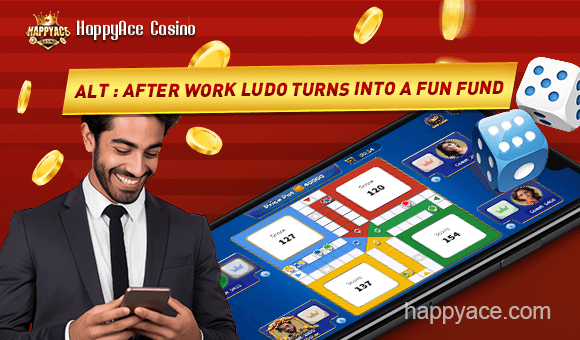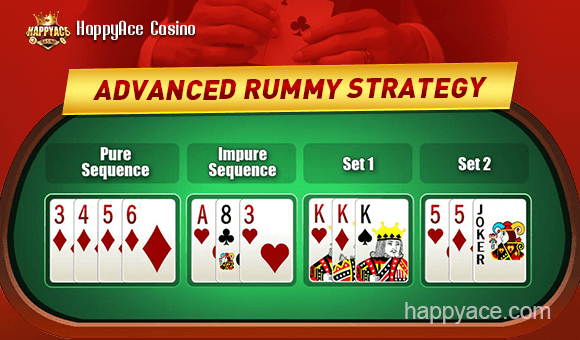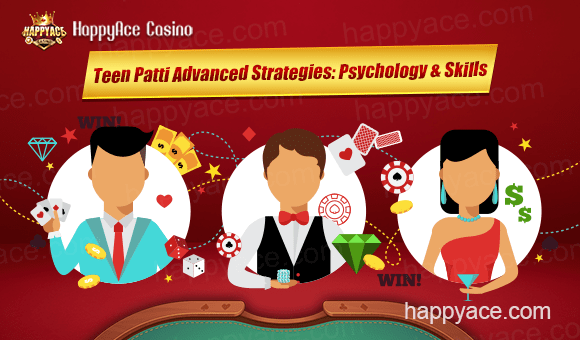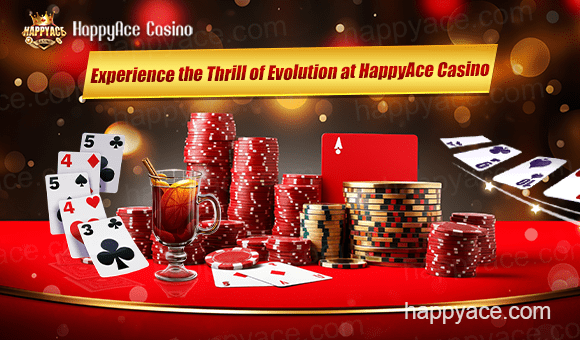
Objective
The main objective of Point Rummy is to form valid sets and sequences with the cards in hand. A player aims to reduce the value of their unmatched cards while maximizing the value of their sets and sequences.
Gameplay
1. Dealing Cards: Each player is dealt with a certain number of cards (usually 13), and a few cards are placed face up to create a discard pile.
2. Turns: Players take turns drawing cards from either the deck or the discard pile and then discarding one card.
3. Melding: To declare, players must show their cards by forming valid sets (three or four cards of the same rank) and sequences (three or more consecutive cards of the same suit).
4. Ending a Round: The round ends when a player forms a valid hand and "knocks" or declares, revealing their cards to the other players.
Learn more about how to play point Rummy
Intellectual Aspects
1. Probabilities: Understanding the probabilities of drawing certain cards can help players make informed decisions. For example, knowing the total number of cards in play and the likelihood of drawing a card that will complete a set or sequence can guide whether to hold or discard specific cards.
2. Card Counting: Keeping track of the cards that have been played or discarded allows players to estimate the remaining cards in the deck. This information can influence decisions about which cards to keep or discard, as well as which melds (sets or runs of cards) are still achievable.
3. Expected Value: Players can assess the expected value of keeping certain cards versus discarding them based on potential future outcomes. For instance, if a player has a high-value card that is unlikely to contribute to a meld, the expected value of holding onto that card may be low.
4. Risk Assessment: Players should evaluate the risk versus reward of their actions. For instance, adding a high-point card to a potential meld can be risky if the opponent is likely to make use of discarded cards. This assessment often involves calculating the possible point totals that can be achieved in future turns.
5. Melding Strategies: Players need to recognize the best combinations of cards to form melds. This involves strategically planning to keep cards that might complete other melds while also considering the potential points they may lose by discarding cards that could help an opponent.
6. Card Value Management: Understanding the point values of the cards helps players decide which cards are worth holding onto and which should be discarded. For example, low-point cards might be kept longer in hand because they represent less penalty if the game ends unfavorably.
7. Endgame Strategy: As the game progresses towards the end, players can utilize strategies based on the remaining cards and possible meld combinations, calculating how many points they need to win or minimize losses.
8. Opponent Analysis: Observing other players' behaviors and card choices can provide insight into their strategies and possible hands. This analysis often involves estimating how the opponent may play based on the cards they keep or discard.
Conclusion
Point Rummy is not just about luck; it involves strategic planning, reasoning, and the ability to read opponents, making it a stimulating and rewarding game for those who enjoy intellectual challenges.











